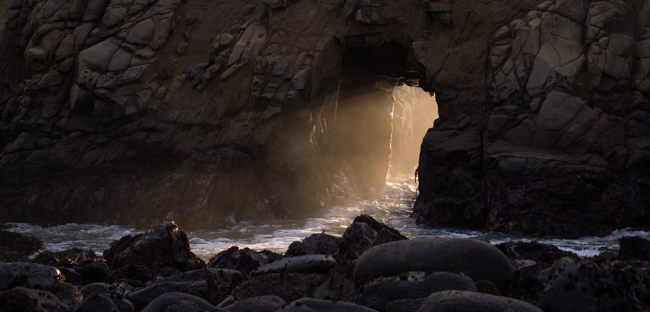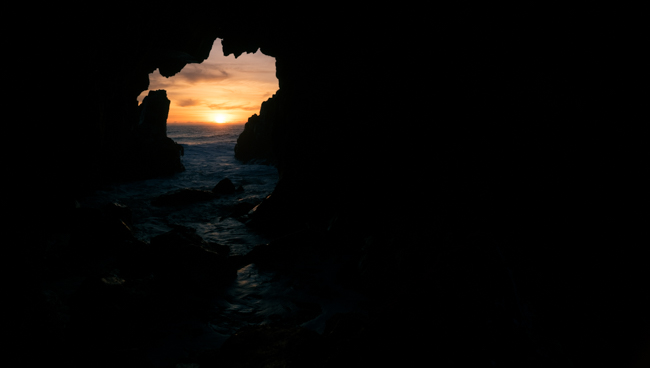We are living in a time where ‘convergence’ is everywhere. Gone are the days when a camera was a camera, a MP3 player was an MP3 player, a phone was a phone….
These days digital cameras are found in a variety of other gadgets – including cell phones. In fact Camera Phones are one of the fastest growing segments of the digital camera market and with the improvements in the quality of what is being offered in some phones (higher megapixels, better lenses, high capacity storage) some believe that they are beginning to win market share away from the low end offerings of many digital camera manufacturers. Our current poll on ‘
take anywhere cameras‘ reveals that many of you are using camera phones regularly.
Unfortunately many of the pictures being taken with Camera Phones are poor in quality. This might partially be a result of lower quality cameras – but it is also often a result of poor photographic technique.
Following are 13 tips for Camera Phone owners to help them get the most from their cameras phones:
1. Light Your Subject Well
The better lit your subject is the clearer your image is likely to be. If possible shoot outside or turn on lights when shooting inside. If you’re turning on lights in a room to add extra light to your shot be aware that artificial light impacts the color cast in your shots and you might want to experiment with white balance to fix it (see below).
Some cameras come with a built in flash or light – this can really lift a shot and add clarity to it, even if you’re shooting outside (in a sense it becomes a
fill flash). If your camera doesn’t have a flash or light you should avoid shooting into bright lights as you’ll end up with subjects that are silhouetted.
2. Get Close to Your Subject
One of the most common mistakes with camera phone images is that their subject ends up being a tiny, unrecognizable object in the distance. Camera phone images tend to be small due to low resolution (although this is changing) – so fill up your view finder with your subject to save having to zoom in on the subject in editing it later (which decreases quality even more).
Having said this, getting too close on some model camera phones creates distortion and focusing issues (particularly if the camera phone doesn’t have a macro or close focusing mode).

3. Keep Still
As with all digital photography, the more steady your camera phone is when taking your shot the clearer your image will be.
This is especially important in low light situations where the camera will select longer shutter speeds to compensate for the lack of light. One trick is to lean your camera phone (or the hand holding it) against a solid object (like a tree, wall, ledge) when taking shots.
Keep in mind that many camera phones also suffer from ‘shutter lag’ (ie the time between when you press the shutter and when the camera takes the shot can be a second or so). This means you need to hold the camera still a little longer to ensure it doesn’t take a shot as you’re lowering it away from the subject.
4. Edit Images Later
Whilst it can be fun to use your camera phone’s inbuilt editing and effects, editing pictures later on your computer produces much better quality images. Take your shots in color at high resolution to keep your options open on how to treat it later.
You can always make it black and white on your computer, but you can’t make it color if you take it in Black and White mode.
5. Don’t Throw Away ‘mistakes’
Remember that on many phones the quality of the screen will not be as good as your computer’s. So if possible hang onto your shots until you can get them on your PC. You might just find that they come alive on a quality monitor. You’ll also find that even ‘mistakes’ and blurred shots can actually be quite usable (in an abstract kind of way)
6. Avoid Using the Digital Zoom
As tempting as it might be to zoom in on your subject when taking your picture (if you have a zoom feature on your camera phone), if the zoom is a ‘digital zoom’ it will decrease the quality of your shot to use it (you’ll end up with a more pixelated shot)..
Plus you can always edit your shot later using photo editing software on your computer.
Of course some camera phones are beginning to hit the market with ‘optical zooms’ – these are fine to use as they don’t enlarge your subject by enlarging pixels.
7. Experiment with White Balance
An increasing number of camera phones come with adjustable white balance which allows you to modify color balance in your images based on shooting conditions. Experiment with this feature to get a good feel for the impact that it has on your shots. I find that it impacts different camera phones differently. Read your manual to find out how it works on your phone.
8. Take loads of Shots and Experiment
The beauty of all forms of digital photography (including that of camera phones) is the ability to shoot off many shots quickly and without cost. This means you can experiment with different modes and composition and discard those that you don’t want to keep.
Camera phones are particularly good for experimenting with new angles and perspectives – shoot from down low, up high, close up etc and you’ll end up with interesting and fun shots.
9. Follow Rules of Composition (and then Break them)
Learn some basic composition ‘rules’. (for example – the
rule of thirds – ie don’t place your subject squarely in the middle of your frame but a third of the way in). Simple tips like this can bring life toyour photos.
But then also remember that the beauty of a camera phone is its ability to break all conventions – some of the best shots around break all the rules. So shoot from the hip, the floor, up high, up close – anything goes.
10. Keep Your Lens Clean
One of the challenges with many camera phones is keeping them maintained and clean. Phones spend a lot of time in pockets, in bags and being used in all manner of weather and conditions. As a result they get dirty and can easily become damaged – fingerprints are a common problem on camera lenses – especially if your phone doesn’t have a lens cover. From time to time clean the lens of your camera using a soft cloth (sunglasses cleaning cloths are great).
11. Observe Camera Phone Etiquette
While there is no formal set of rules for using camera phones– it is worth considering how you use it and what impact it might have upon others. There are many cases of camera phones being abused to take sneaky or voyeuristic photos. Ask permission to photograph strangers, consider restrictions on the use of cameras in places like theaters and concerts etc.
Resource: digital-photography-school
12. Use the highest resolution possible on your camera phone
Some phones allow you to choose what resolution you want to take photos at. It almost goes without saying (but we like to state the bleeding obvious) that the higher your resolution the clearer your shot will be. This is especially true for camera phones which often have sensors of under 1 megapixel in them. Keep in mind however that the higher the resolution the larger the file size of the images you take – this means if you want to send images they can end up taking a long time to send.










.jpg)
.jpg)
.jpg)
.jpg)
.jpg)
.jpg)
.jpg)
.jpg)
.jpg)
.jpg)